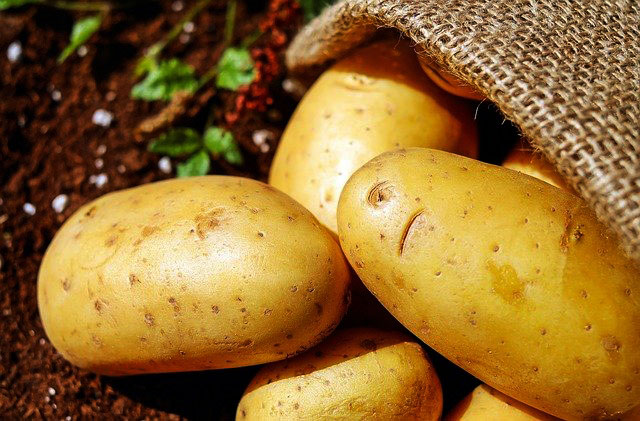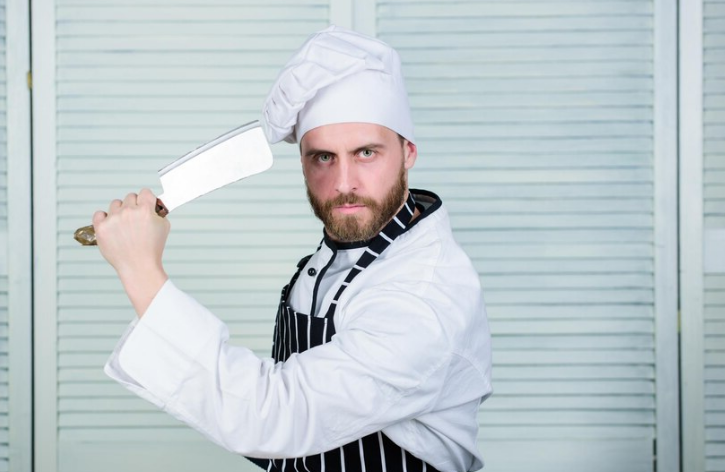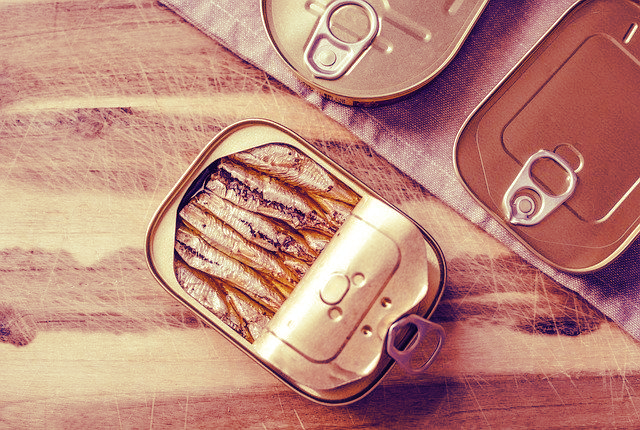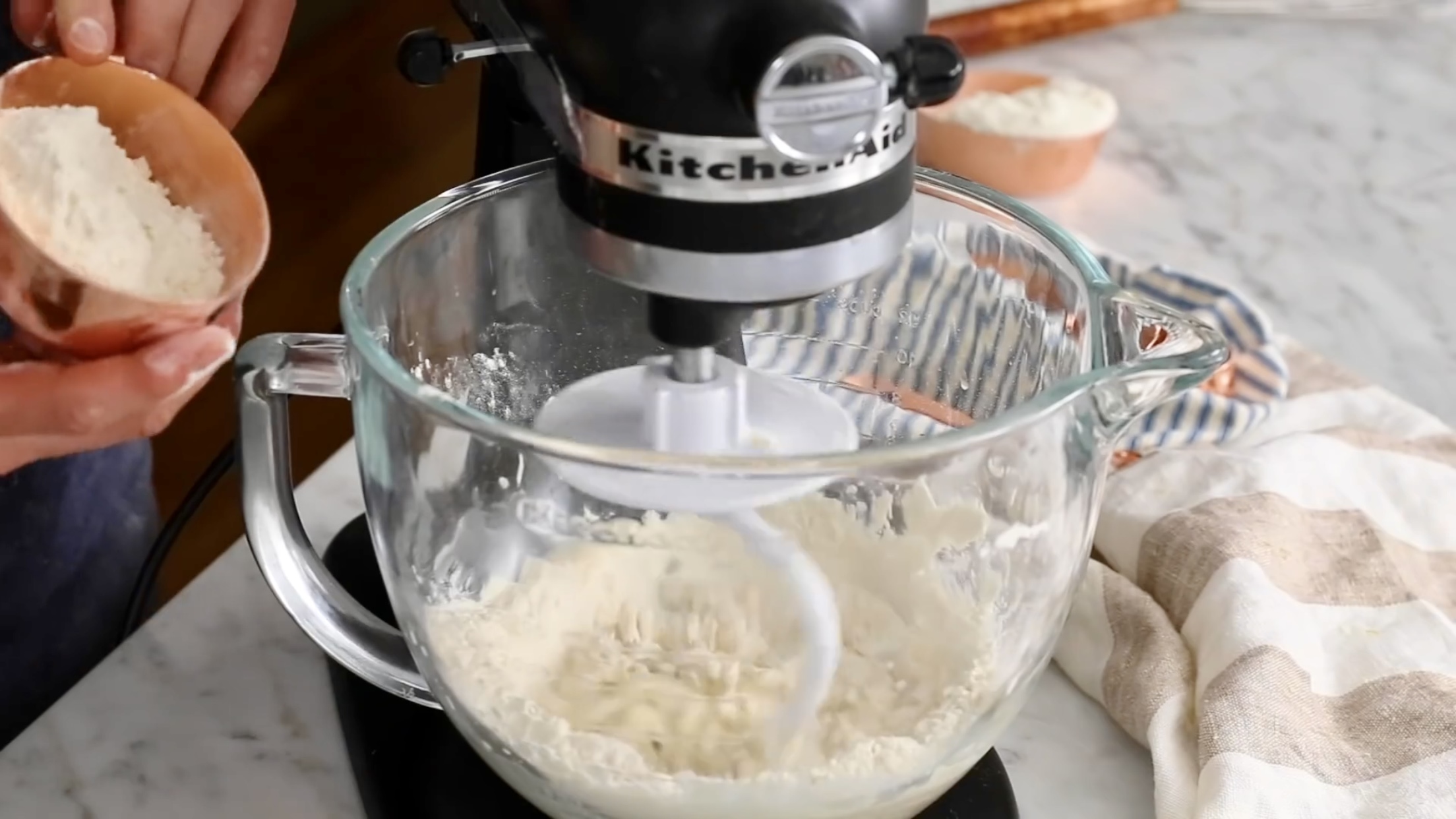If you think about it, it's perfectly natural to produce a soggy bottom crust. You make a thin dough with something that absorbs liquid like a sponge (flour), then you cover it with liquid (fruit and lots of juice, custard, etc.). Why would you expect anything other than a soggy bottom? Fortunately, however, there are many steps you can take to defeat the laws of nature.
If your pie is only going to have a bottom crust, you can blind-bake the crust and then moisture-proof it. You can brush it with a bit of egg white two or three minutes after it comes out of the oven. The white will set and the dough will be impervious to moisture. A boiled and strained apricot or raspberry preserve can also be brushed on the crust to seal it, as can a thin layer of melted white or dark chocolate, or even clarified butter. Once the crust has been sealed, add the filling and bake until the filling has set.
A two-crust pie is a little more challenging. Rose Levy Beranbaun, author of the Pie & Pastry Bible, says she starts baking her pies right on the floor of the oven, for an hour at 375°F (190°C) or a half hour at 425°F (220°C), and then moves them up to a higher rack to finish baking. Ovens and pies vary, so you need to monitor how your pie is baking to keep it from browning too much.
If the floor of your oven is not flat, the use of a preheated baking stone or quarry tiles on the oven rack at the lowest possible position will transfer more heat to the bottom of the crust. The use of a dark pie pan, a glass pie pan, or a ceramic pie pan will also help the crust bake before it absorbs more and more liquid.
Baking a frozen pie is also a help, as the crust begins to bake before the heat thaws the filling, and the entire pie bakes for longer than it would normally. If you bake a frozen pie, start it at 425°F (220°C) for 10 minutes, then lower the oven temperature to 400°F (205°C) and bake it for 25 to 45 minutes longer than you would if it were not frozen, depending on how big the pie is.

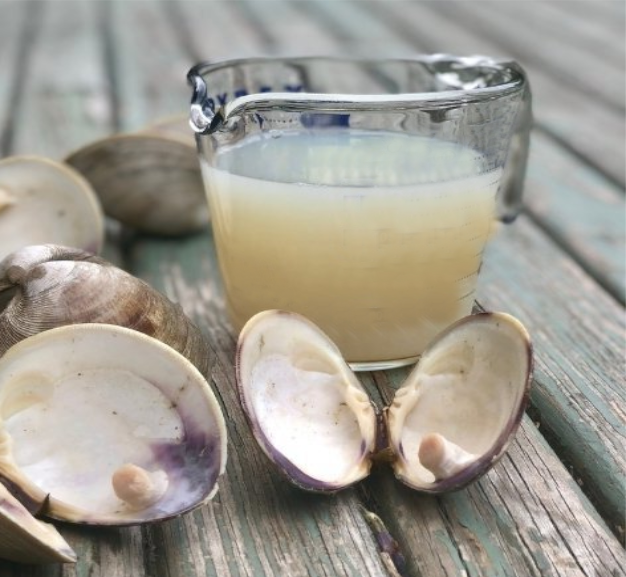


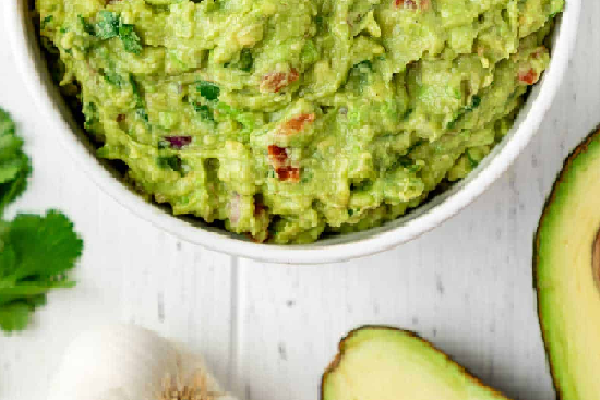



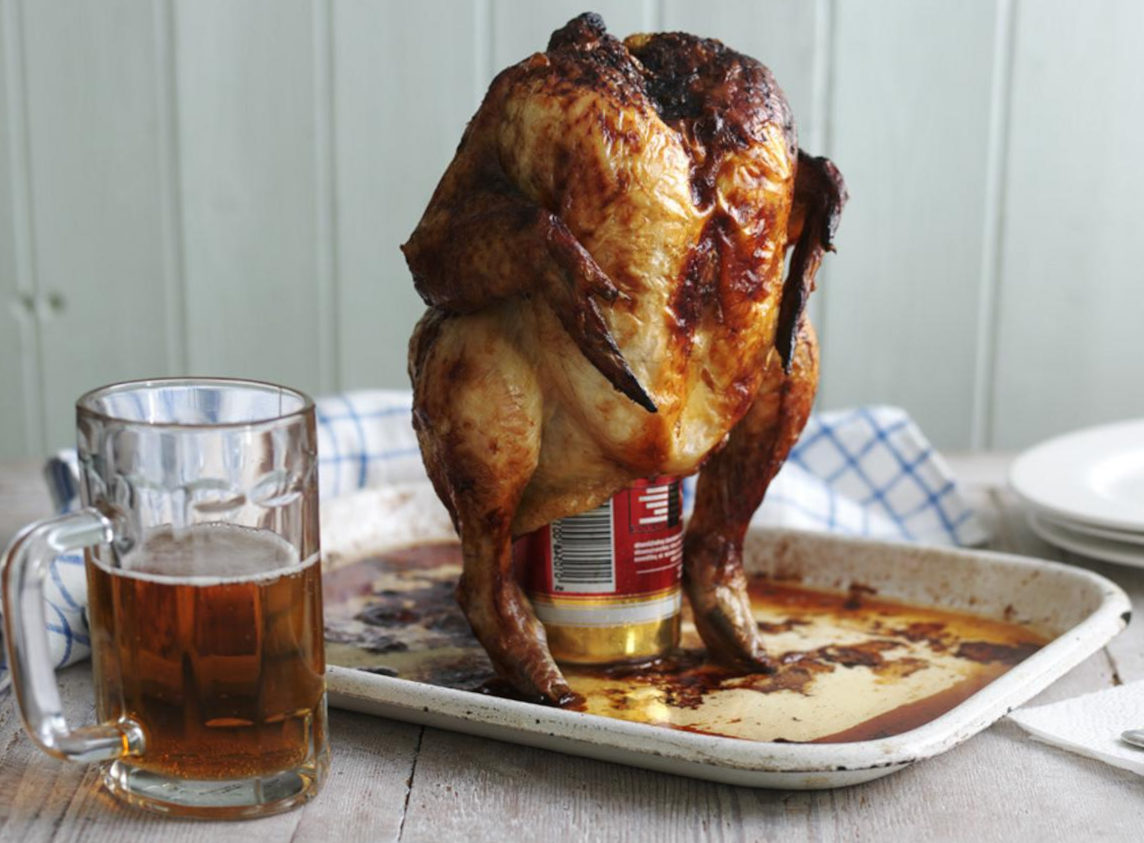
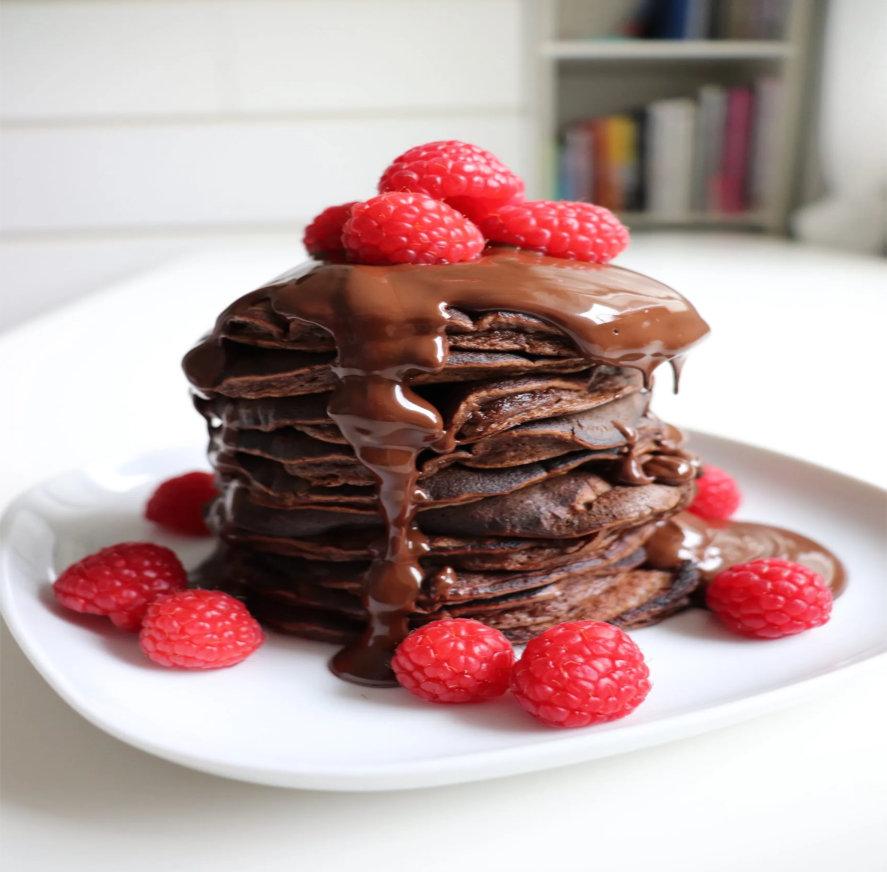
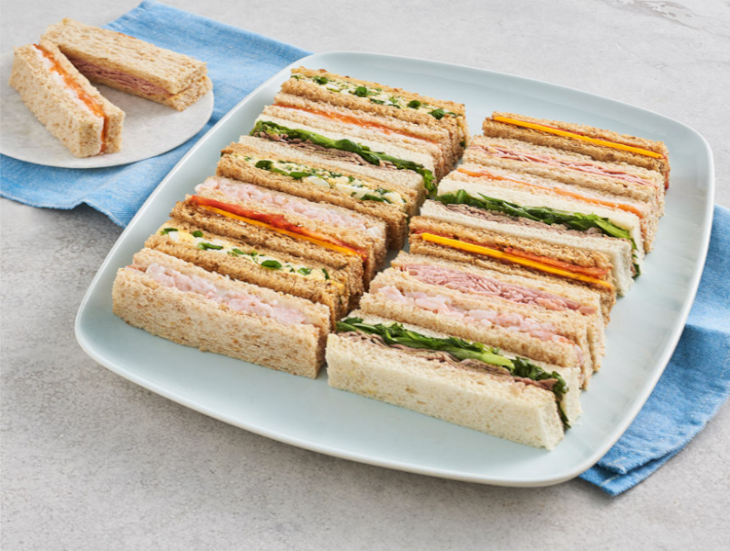



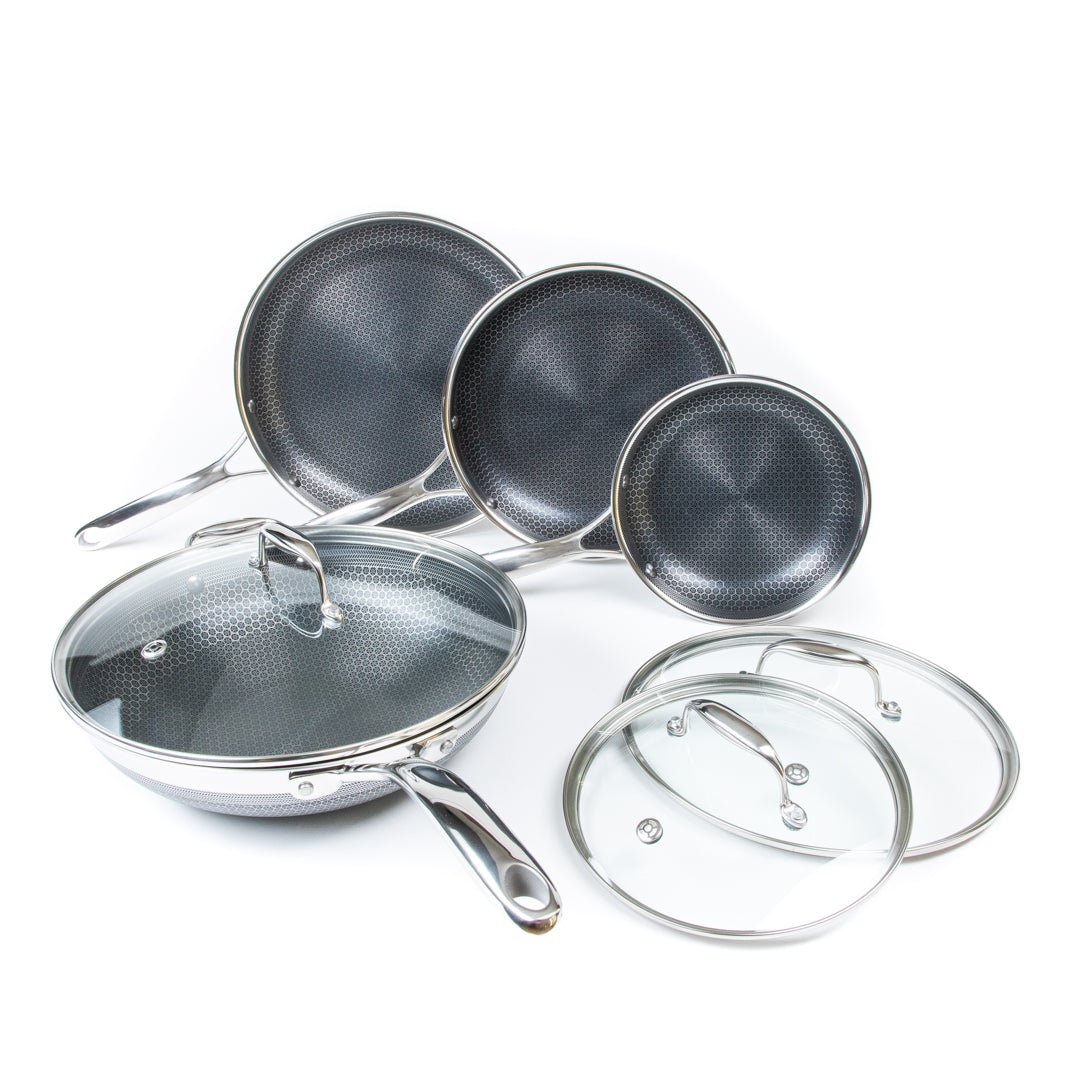


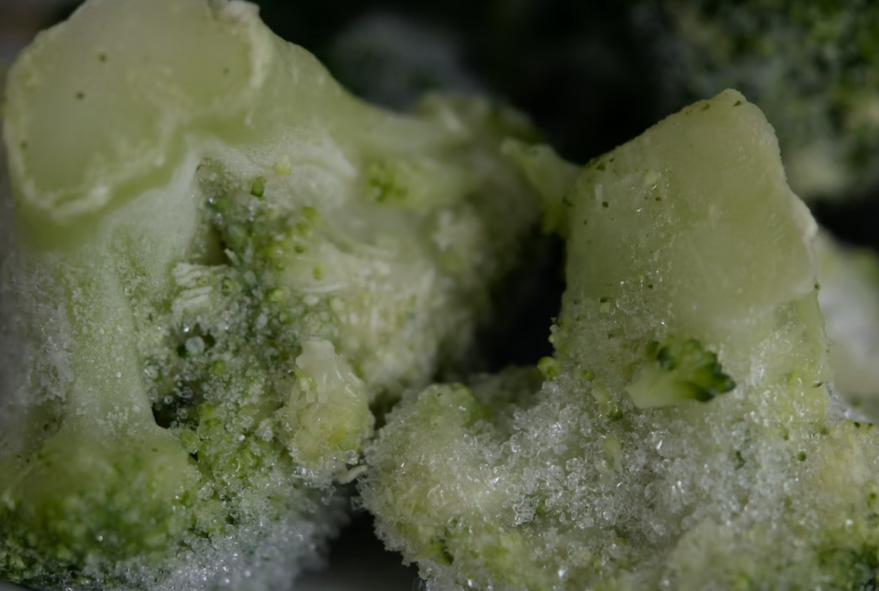
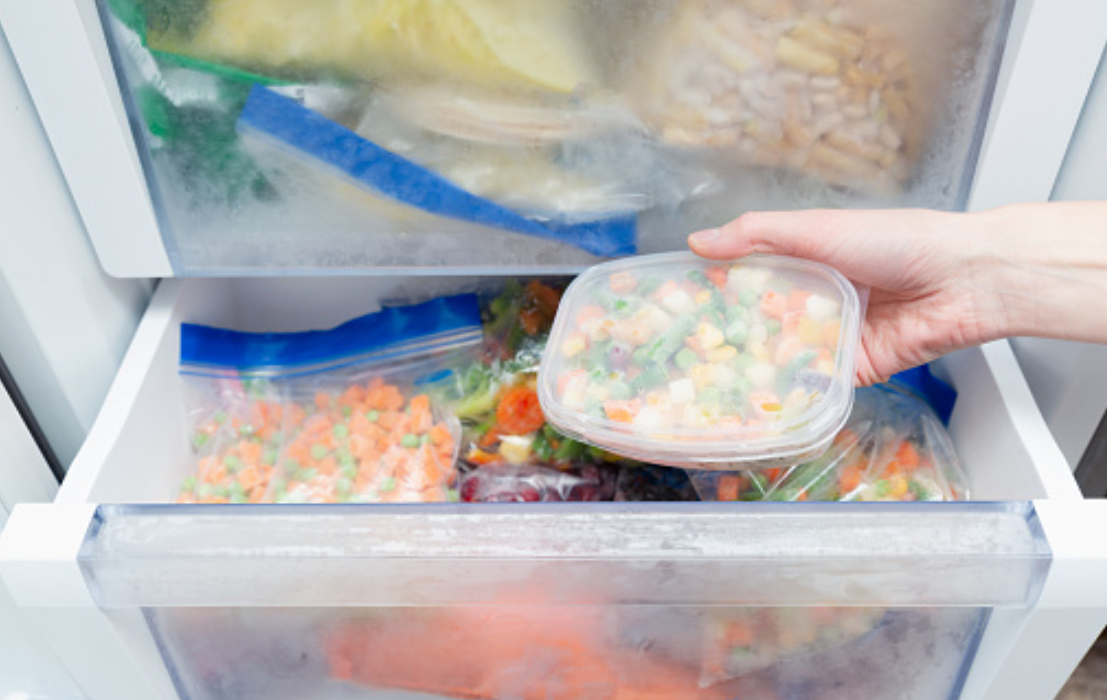
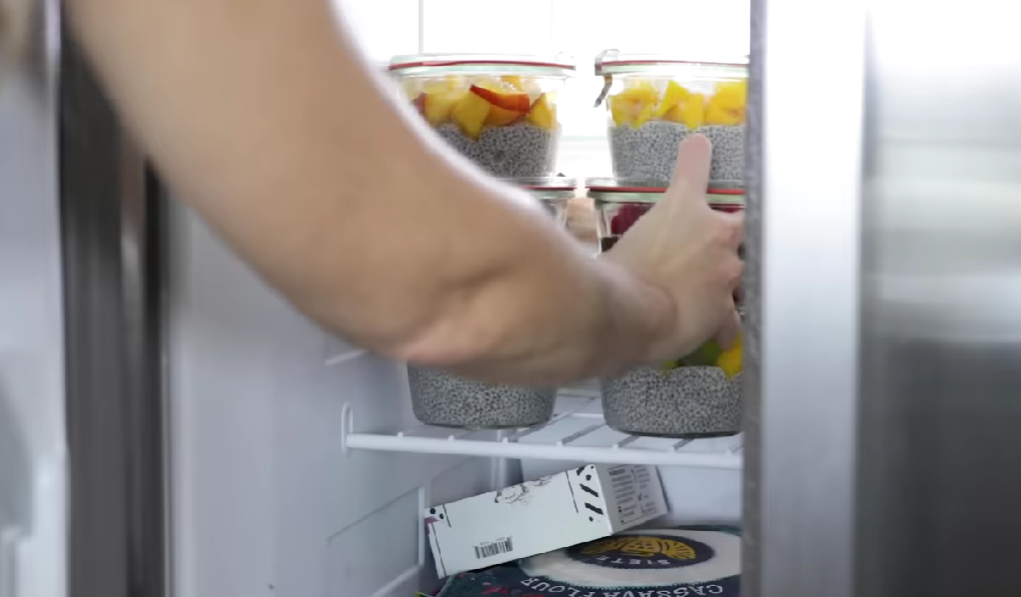

![Can you Cook Eggs in the Microwave? [Complete Guide]](/assets/images/c1f79d1cad59f18f9b5dc31403bd0eb2.png)

